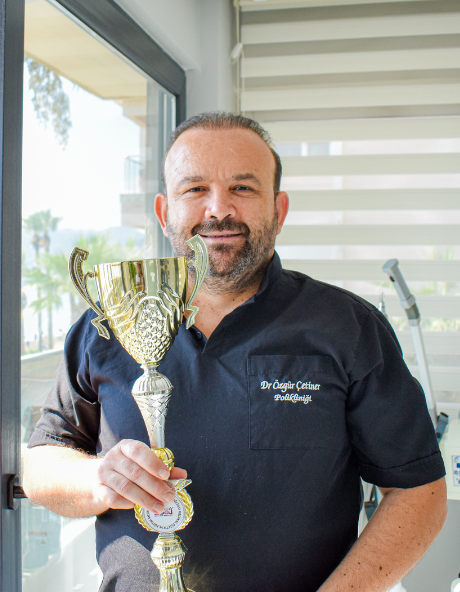
LASER TATTOO REMOVAL
Tattoo removal is most commonly performed using lasers that break down the ink particles in the tattoo. The broken-down ink is then fought off by the immune system, mimicking the natural fading that time or sun exposure would create. All tattoo pigments have specific light absorption spectra.
A tattoo laser must be capable of emitting adequate energy within the given absorption spectrum of the pigmentto provide an effective treatment.
Certain tattoo pigments, such as yellows, greens and fluorescent inks are more challenging to treat than darker blacks and blues, because they have absorption spectra that fall outside or on the edge of the emission spectra available in the tattoo removal laser. Recent pastel coloured inks contain high concentrations of titanium dioxide which is highly reflective. Consequently, such inks are difficult to remove since they reflect a significant amount of the incident light energy out of the skin.
Widely considered the gold standard treatment modality to remove a tattoo, laser tattoo removal requires repeat visits. The newer Q-switched lasers are said by the National Institutes of Health to result in scarring only rarely and are usually used only after a topical anesthetic has been applied. Areas with thin skin will be more likely to scar than thicker-skinned areas. There are several types of Q-switched lasers, and each is effective at removing a different range of the color spectrum. Lasers developed after 2006 provide multiple wavelengths and can successfully treat a much broader range of tattoo pigments than previous individual
Q-switched lasers. Unfortunately the dye systems used to change the wavelength result in significant power reduction such that the use of multiple separate specific wavelength lasers remains the gold standard.
The energy density (fluence), expressed as joules/cm2, is determined prior to each treatment as well as the spot size and repetition rate (hertz). To mitigate pain the preferred method is simply to cool the area during treatment with a medical-grade chiller/cooler and to use a topical anesthetic. During the treatment process, the laser beam passes harmlessly through the skin, targeting only the ink resting in a liquid state within. While it is possible to see immediate results, in most cases the fading occurs gradually over the 3–4 week healing period between treatments.
We Can Help You
We offer:-
-English speaking consultation
-Face to face, zoom or alternative calls with the appointed surgeon
-24/7 Assistance and care during your stay
-Advice and assistance on aftercare
-We can arrange flight and accommodation


